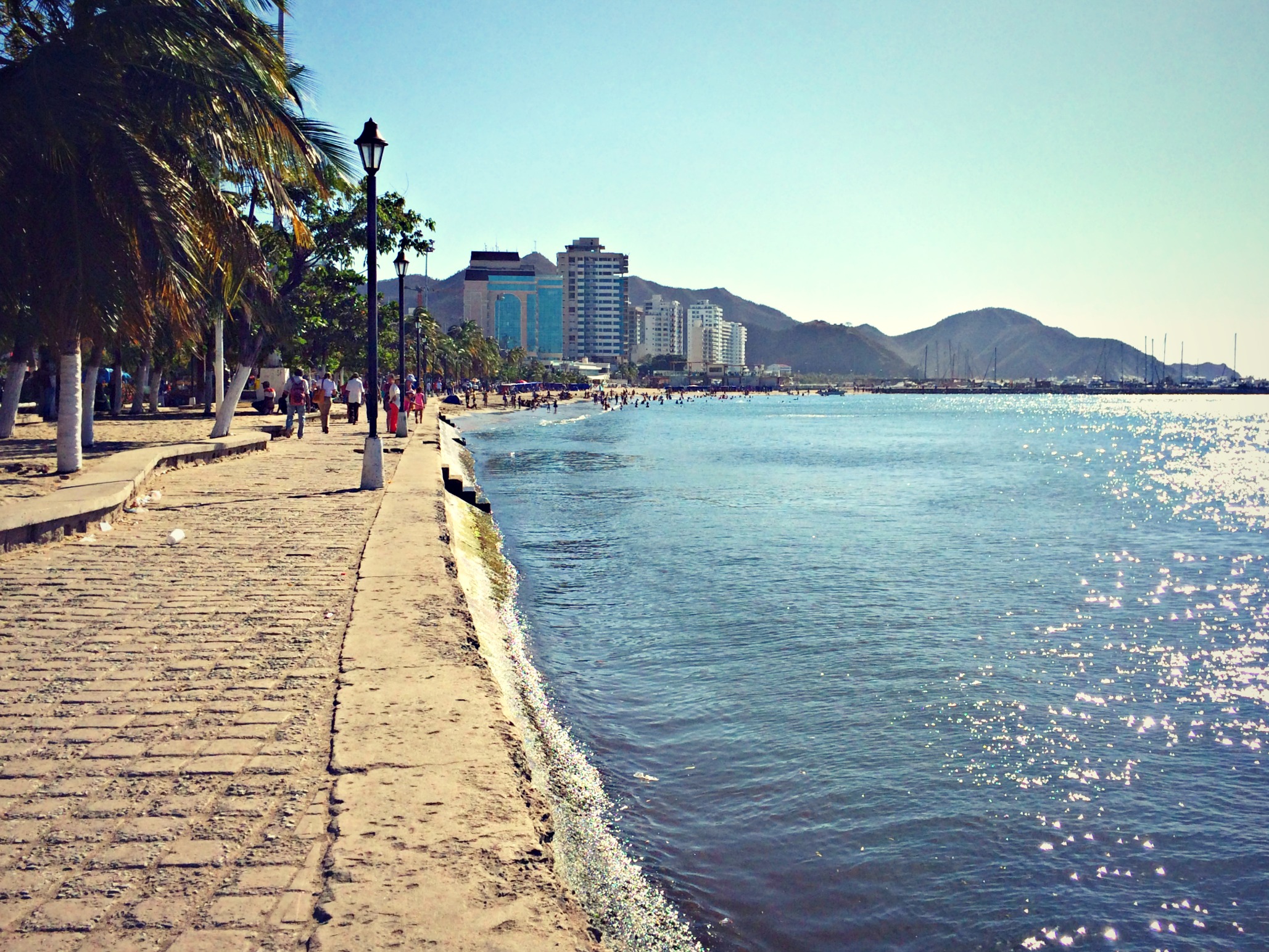Returning to a place I’ve been before after a significant amount of time has passed is always a fun little game. I’ve changed, the place has changed, and I find it rather entertaining to try and guess which of the things I remember will have stood the test of time and which will have gone by the wayside.
When I visited the coastal town of Santa Marta with my friends just after the new year, more than a year had passed since my first visit. I was also visiting during an entirely different season–the peak travel season (January as opposed to the relatively quiet month of September) as well as a different season for weather (who knew the Caribbean coast had any season besides hot?).
The first clear indicator that I was traveling during peak season came the day I purchased my bus ticket from Medellín–for nearly twice the price I had paid to travel the same route the year before. I swallowed the lump in my throat and reluctantly slid the ticket agent the obscene amount of money he demanded once I realized that every bus company was charging exactly the same. (I paid 145,000 pesos, in case you’re wondering–that’s about $72.50. During low season we had paid 80,000 pesos, or about $40, and during low season you also have more leeway to haggle. Yes, you can even haggle for bus prices.)
In any case, I had been in Medellín long enough to develop a slight case of itchy feet, and my fond memories of Santa Marta were enough to make my sticker shock (ticket shock?) melt away in no time.
Some things never change…
Many parts of this trip were indeed exactly how I imagined they would be. The bus ride, for instance, turned me into a shivering, frosty block of ice as I suspected it would, despite my best efforts to keep somewhat thawed. Who wears thick socks, boots, long sleeves and sweaters when they’re traveling to the beach, anyway? Anyone who’s ridden a bus in South America before, that’s who.
Luckily, Santa Marta immediately charmed and defrosted me, just like it did on my first visit. The brightly painted buildings, the ubiquitous street vendors selling fresh fruit and juices, the plethora of patio seating at the restaurants around Parque de los Novios and down every pedestrian walkway, were every bit as adorable as I remembered. And unlike the streets of Medellin, my admittedly-too-short Daisy Dukes suddenly didn’t seem wholly out of place.
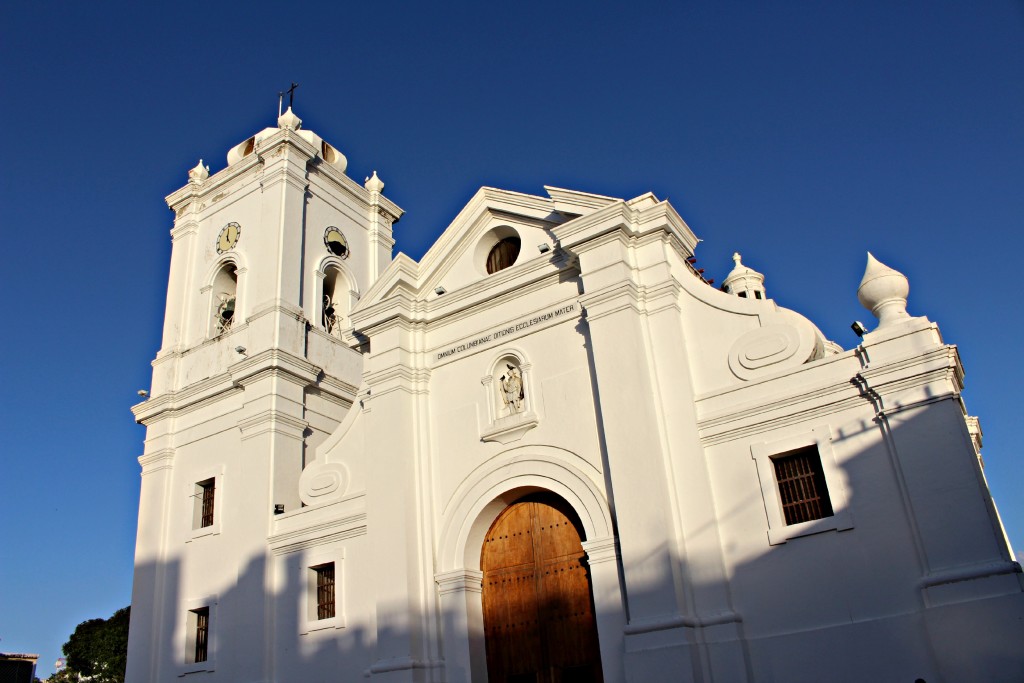
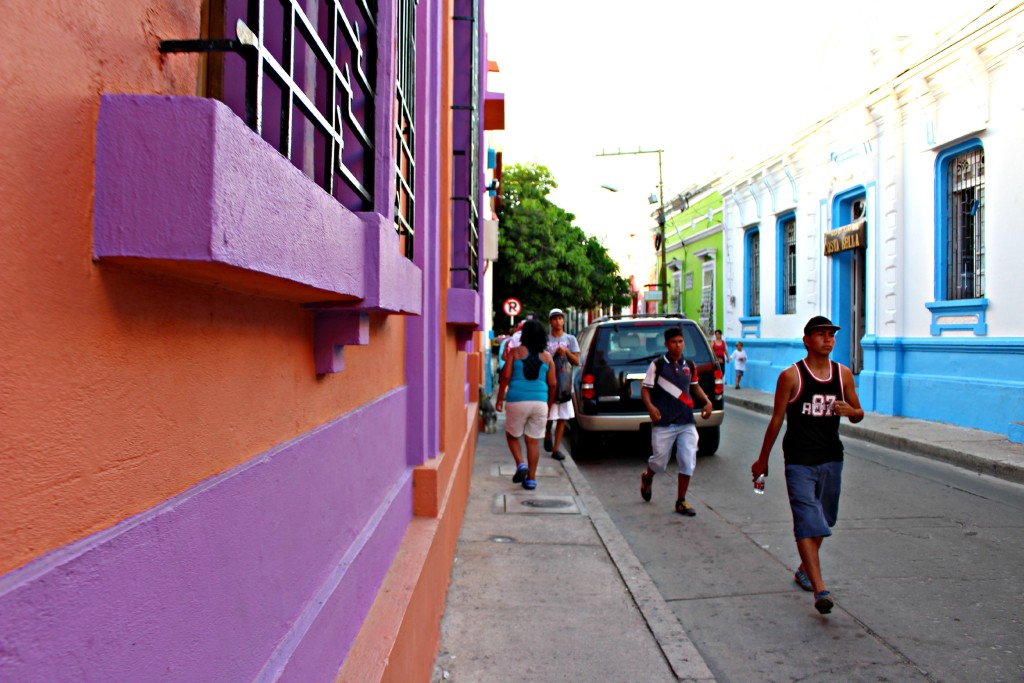
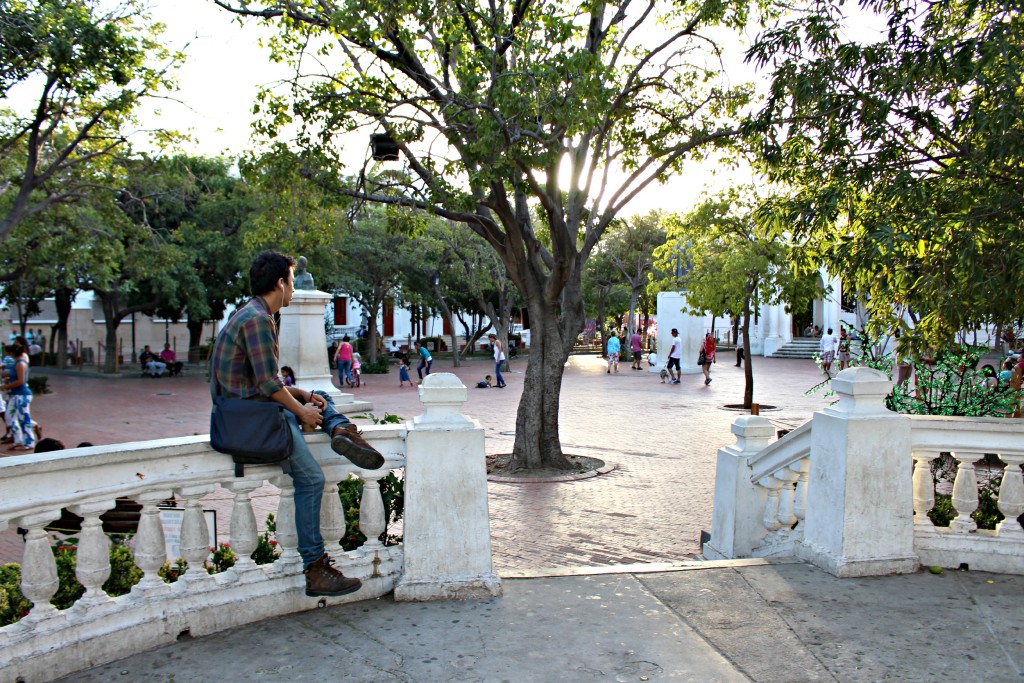
The food–oh, the food!–was every bit as delicious as well. The first night, I took my friends to sample the gourmet arepas piled high with unusual ingredients at my favorite little eatery called Lulo. Another night, we ventured to the new tapas restaurant next door to their hostel, freshly opened just a month or so prior; it turned out to be a worthy choice and the French owner was charming and chatty. Once on my own again when my friends had taken off to explore Parque Tayrona a little ways up the coast, I stumbled upon Yogen Fruz, a yogurt shop I remembered quite well that flavors its natural yogurt by mashing in the fruit of your choice.
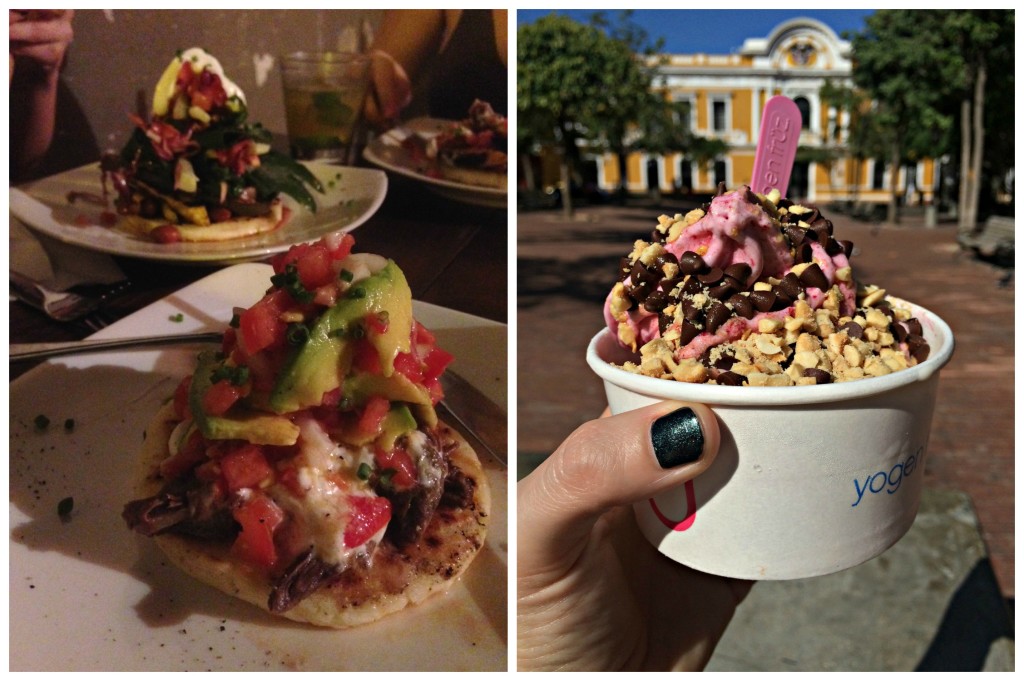
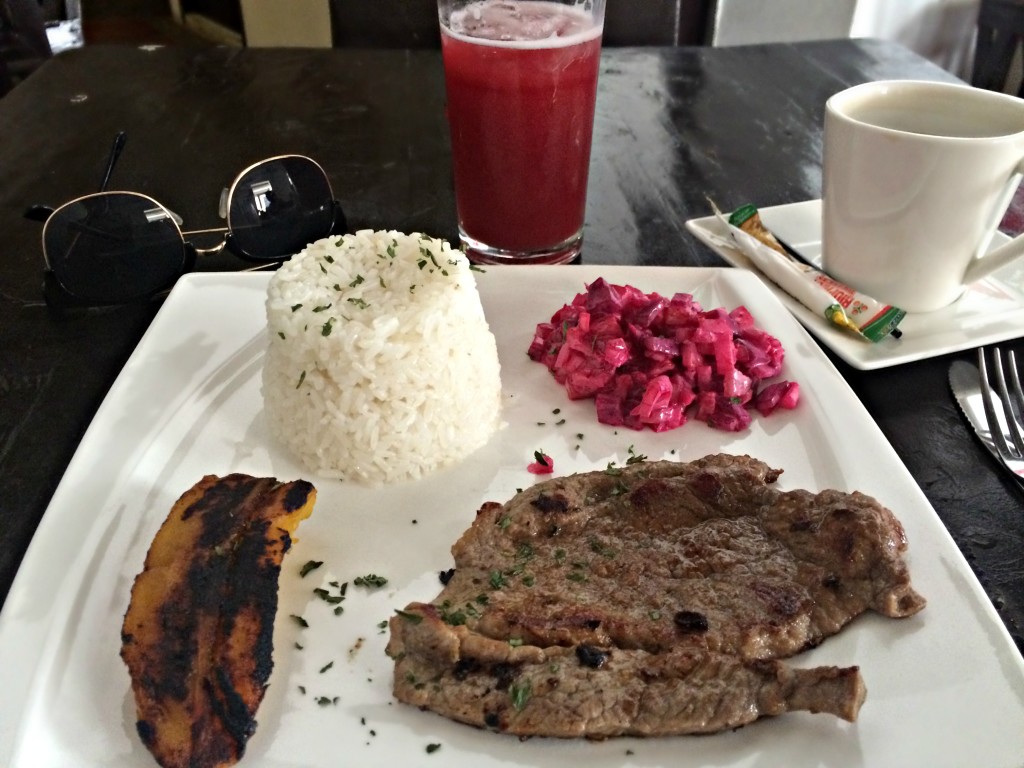
Another thing that hasn’t changed? I still can’t tell the difference between Cumbia, Champeta, Bachata, Vallenato, Salsa, or any other type of music found in the Caribbean, and I sure as hell still can’t dance to any of them, either. For what it’s worth, though, I do give some pretty valiant attempts.
Changes, for better and for worse…
Being the poor planner that I am, I neglected to book a room far enough in advance to secure a spot at the same hostel as my friends and the one I’d spent so many wild nights in before, but I still managed to spend plenty of quality time at La Brisa Loca anyway. Their rooftop had been drastically remodeled since 2013 and looked absolutely gorgeous. They added several private rooms, a second bar, and plenty of places to lounge; the place looked downright classy!
Until, that is, we ventured downstairs to the original bar to find a hoard of drunken internationals, taking turns spinning a giant wheel that would determine the humiliating task they’d have to perform or what potent libation they’d have to ingest. The scene itself was no different from before–what had changed in this scenario was my tolerance for such debauchery. We lasted all of 15 minutes, quietly sipping our beers at the back of the crowded bar, politely refusing each time someone new goaded us to go give the wheel a spin.
Then, of course, there was the original brisa loca. As it turns out, the seasonal change wasn’t so much a new season as a phenomenon that takes place every January and February; the start of the year welcomes intense, gale force winds, affectionately known by locals as la brisa loca (the crazy breeze). This time of year also happens to be the namesake of the aforementioned hostel, which, when we finally put two and two together, was a mind-blowing revelation. La brisa loca (the wind, not the hostel) was torturous; I walked through the streets sporting a constant squint lest I end up with hair, dust, insects or other shrapnel in my eyes. It also meant skirts were out of the question, as was wearing our hair in any fashion other than a tight topknot lest it end up resembling a giant condor’s nest. Even a task as simple as walking was often difficult, though I probably could have pulled off a wicked Smooth Criminal lean.
Then there was the day we decided to hit the beach. We were apprehensive due to the fact that wind plus sand usually leads to unpleasant things, but we went for it anyway. Armed with a sixer of beer, we hopped in a taxi headed for Bahia Concha, a lovely beach frequented by locals where I’d spent a relaxed afternoon on my previous visit (a taxi ride takes roughly an hour and will cost you 50,000 pesos–buses can be cheaper but we opted to avoid the hassle). The two visits were like night and day–in 2013 we’d had the beach almost entirely to ourselves, there were a handful of shade tents set up but few people using them, and vendors seemed to outnumber tourists. This time, we were lucky just to find a plot of sand to call our own. People were practically piled on top of each other, and vendors had to be sought after, a truly absurd concept when typically they’re so plentiful and aggressive that they have to be beaten away with a stick.
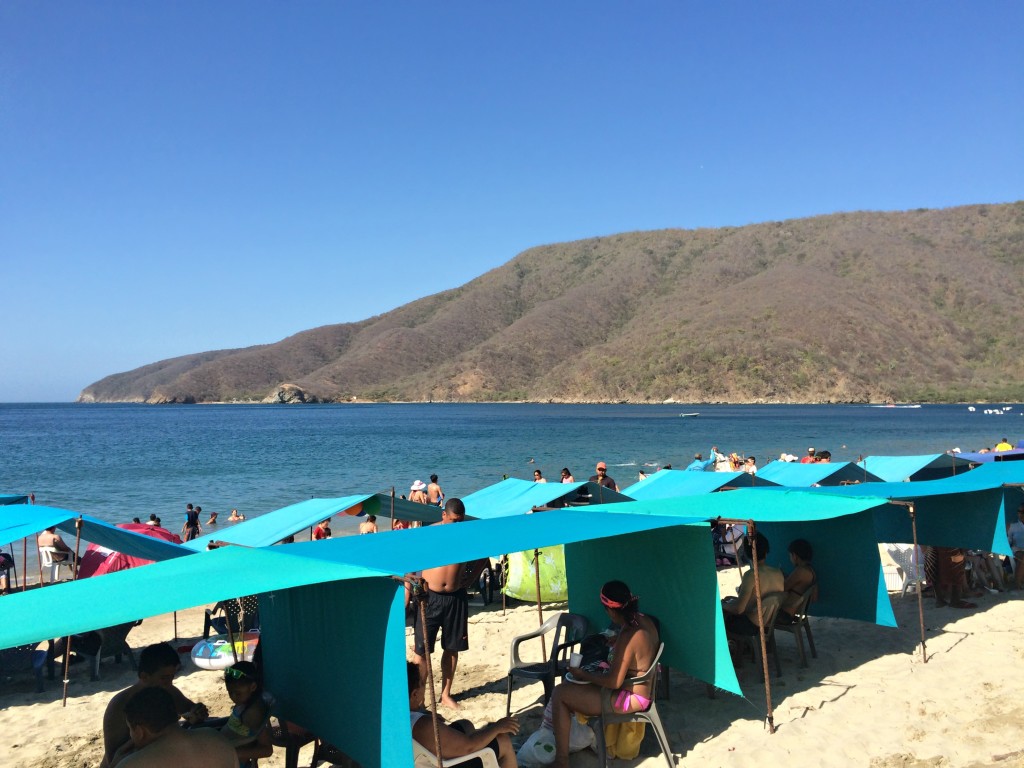
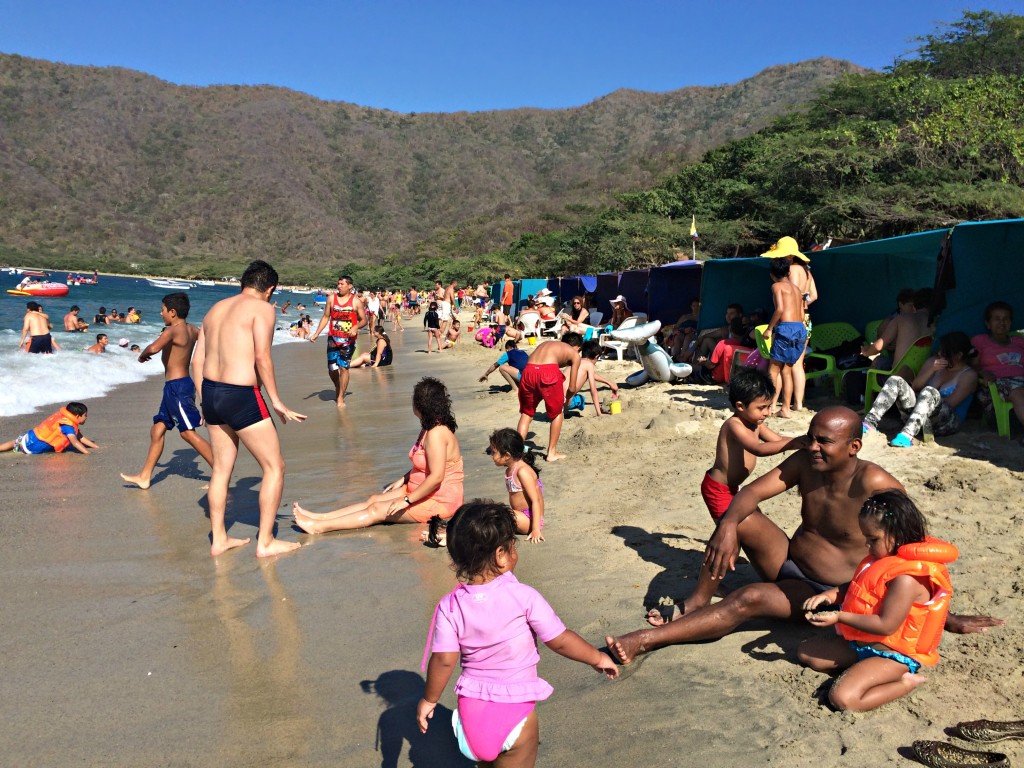
My last full day in Santa Marta, I decided to get to know it on a deeper level by visiting some of the local museums. The only one I had any luck actually locating was the Museo de Oro (Gold Museum); admission turned out to be my favorite price: Free. It detailed the history of the indigenous cultures that ruled the region before the Spanish landed on their shores and went about slaughtering them in the typical imperialist fashion. I always get rather depressed in museums like this, which celebrate and commemorate the fascinating civilizations that were extinguished by greedy explorers with more advanced weapons; I found myself wondering in what ways the Nahuange and Tairona cultures would have continued to evolve had they not been conquered so many centuries ago. Nonetheless, the museum was a great way to spend the afternoon (and escape the heat) and, perhaps most interestingly, is housed in La Casa de la Aduana (Customs House), constructed by the Spaniards in 1531 and the building where Simón Bolívar, the widely-revered liberator of La Gran Colombia, spent his final days. There is an entire floor dedicated to his life, almost like another museum in itself.
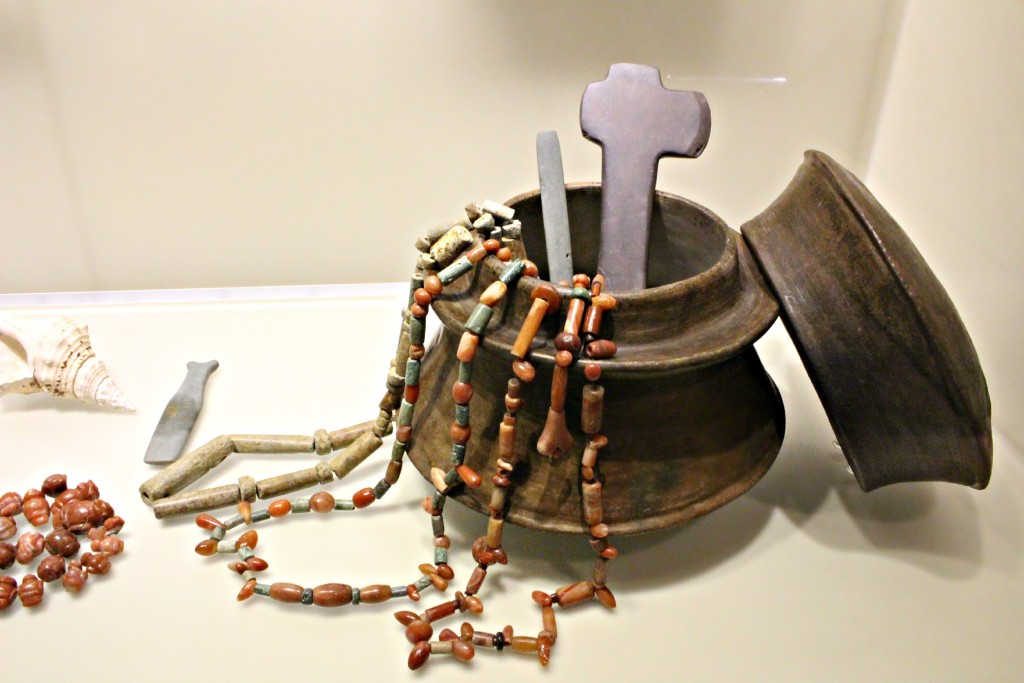
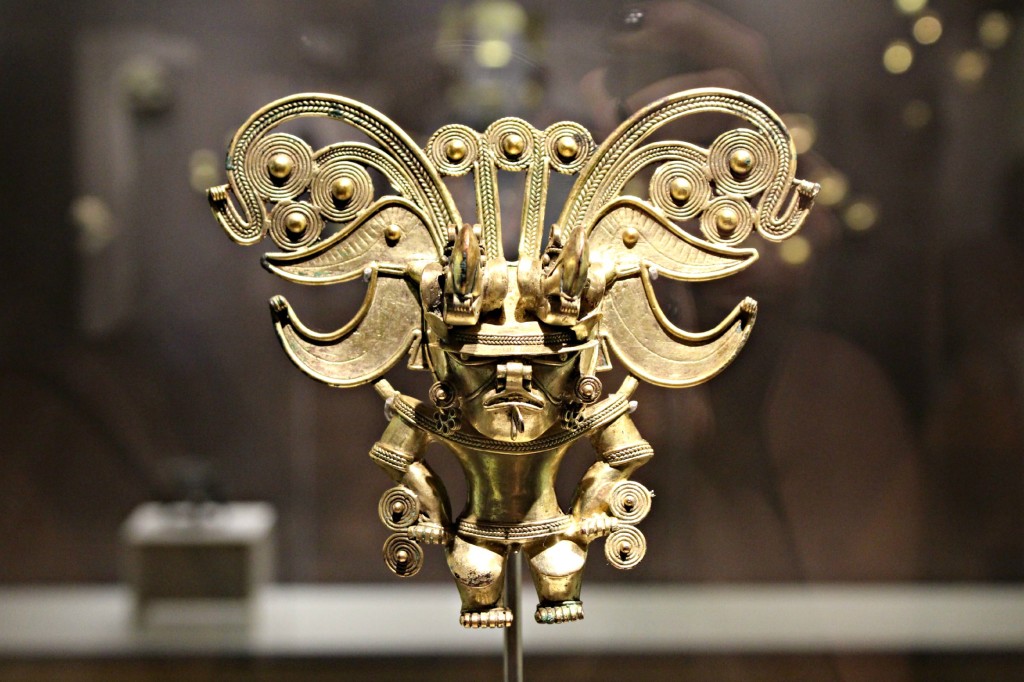
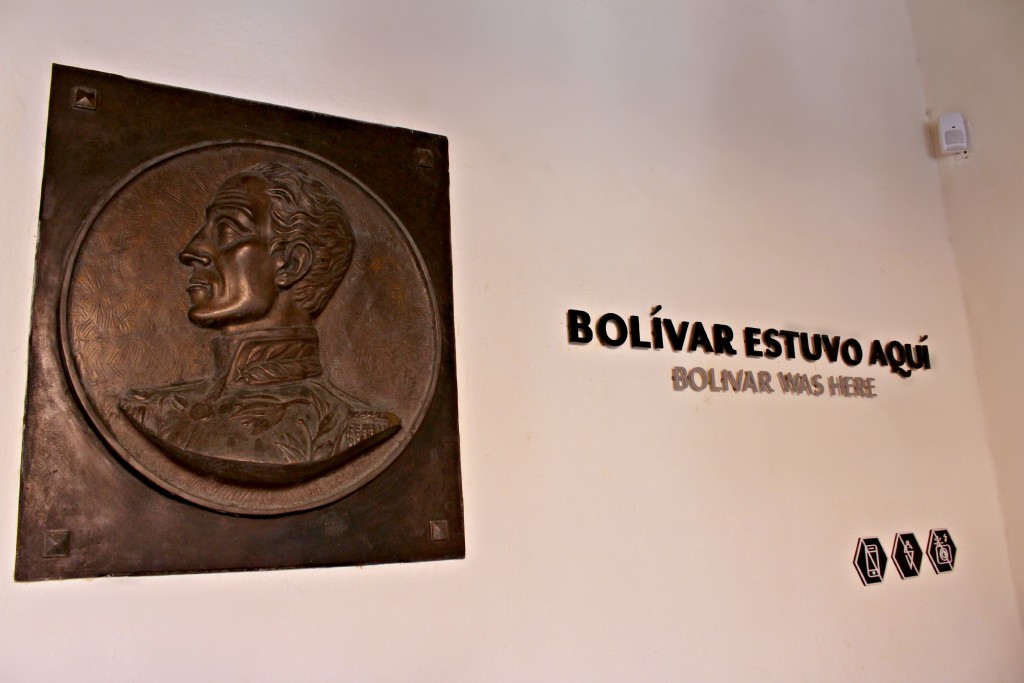
Despite the many ways in which both Santa Marta and myself had changed since our last meeting, the trip was just as lovely as the first. Changes keep things exciting, after all, and I learned a few important lessons…the first: I wouldn’t recommend traveling to Santa Marta during la temporada de la brisa loca (January and February)–I had a much more pleasant experience when we didn’t have hurricane winds to contend with. A second lesson I learned is that Santa Marta is much more than beaches and parties; the history is well-worth discovering and I’m happy I finally took the time to do so.
Have you ever revisited a destination and seen a completely different side of it?

